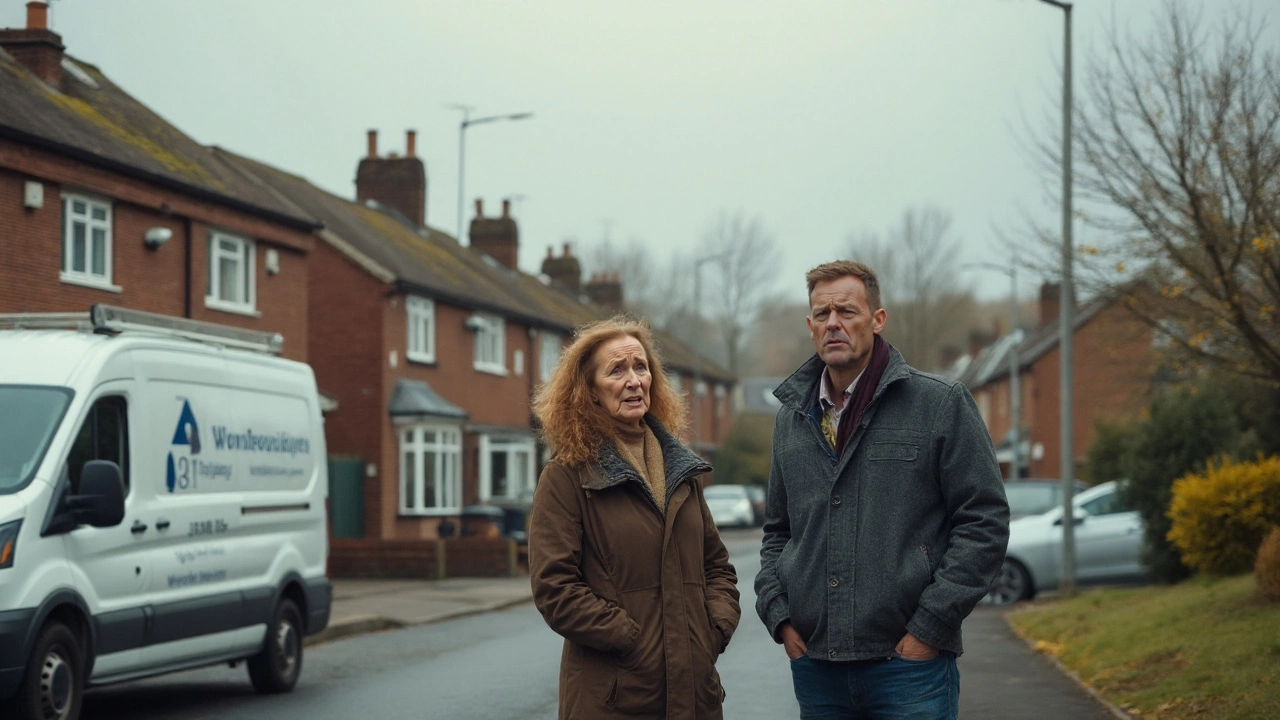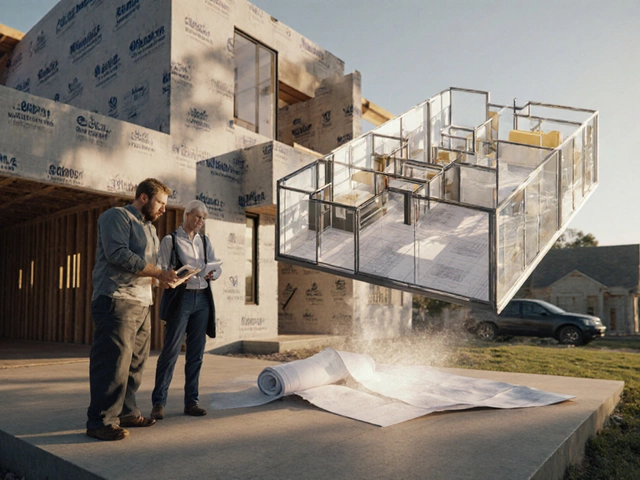Roofing Estimate: How to Get Accurate Cost Predictions
When planning a roof replacement or repair, understanding a roofing estimate, a detailed breakdown of expected expenses for a roofing project, including materials, labor, permits and contingency costs. Also known as a roof cost quote, it helps homeowners budget and compare offers. A reliable estimate also relies on roofing material, the type of shingles, tiles, metal or flat‑roof systems chosen for the job, the expertise of a roofing contractor, a licensed professional who supplies labor, equipment and project management, a thorough roof inspection, an assessment that identifies existing damage and structural issues before work begins, and any required building permit, official authorization from local authorities that ensures the work meets safety codes. Together these elements form the backbone of a transparent estimate.
One common misconception is that a roofing estimate only lists material prices. In reality, it encompasses three major categories: material costs, labor fees, and ancillary expenses such as permits, waste disposal, and safety measures. For example, high‑end slate tiles can push material costs up, but skilled labor for a complex roof shape may offset that by reducing installation time. Meanwhile, a city with strict building codes might charge higher permit fees, which the estimate should clearly itemize. Understanding these three pillars lets you spot hidden mark‑ups and negotiate smarter.
Key Factors That Shape Your Roofing Estimate
First, the roof’s size and pitch directly affect material quantity and labor difficulty. A steeply sloped roof demands extra safety equipment and may increase hourly rates for the crew. Second, the age and condition of the underlying structure matter; if decking needs replacement, that adds both material and labor. Third, regional climate influences material choice—metal roofs fare well in rainy zones, while clay tiles are preferred in hot, arid areas. Finally, the homeowner’s preferences, such as opting for energy‑efficient cool‑roof coatings, will appear as separate line items in the estimate.
When you receive a roofing estimate, look for clear sub‑headings that separate each cost component. A well‑structured document will list: (1) material type and quantity, (2) labor hours and rates, (3) equipment rental or specialized tools, (4) permit fees, (5) disposal and cleanup, and (6) a contingency margin of around 10 % for unexpected issues. This layout mirrors the semantic triple “roofing estimate includes material costs” and “roofing estimate requires a permit,” reinforcing the logical flow of the budgeting process.
Another practical tip is to compare multiple estimates side‑by‑side. Focus on the total price first, then drill down into each category to see where differences arise. If one contractor quotes a lower labor rate but higher material markup, ask for clarification. Transparency in the estimate builds trust, and most reputable roofing contractors will gladly explain every charge.
Don’t forget to verify the contractor’s credentials before signing anything. Look for proper licensing, insurance coverage, and references from past projects. A contractor’s reputation often correlates with the accuracy of their estimates—companies that under‑estimate to win bids may later charge change orders, inflating the final cost. Checking reviews and requesting proof of past permits can protect you from surprise expenses.
Seasonality can also sway your roofing estimate. Many contractors offer discounts during slower months, but weather conditions may extend project timelines, affecting labor costs. If you schedule work in early spring, you might enjoy a sweet spot: moderate temperatures and lower demand, leading to a balanced estimate.
Finally, keep an eye on warranty terms. Some roofing material manufacturers bundle extended warranties that add a modest fee to the estimate but provide long‑term savings on repairs. A solid warranty can also indicate higher quality materials, which may reduce future maintenance costs.
By breaking down the estimate into its core components—materials, labor, permits, and contingencies—you gain a clear picture of where your money goes. This approach aligns with the semantic relationship “roofing estimate enables budgeting decisions” and helps you make informed choices about trade‑offs between cost and durability.
Now that you understand what drives a roofing estimate and how to read one, you’re ready to evaluate the detailed articles below. Each piece dives deeper into specific aspects such as material selection, contractor negotiation, permit processes, and inspection checklists, giving you actionable insights for every stage of your roofing project.
Is $30,000 Too Much For a Roof? Breaking Down Modern Roof Replacement Costs
Wondering if a $30,000 roof is too expensive? We unpack the real costs, factors, and savings behind major roof projects in today’s market.
full article




